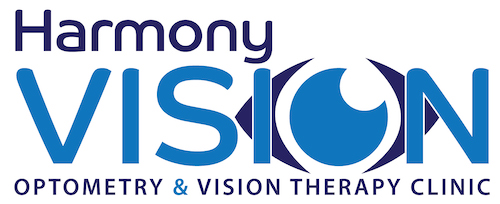Behavioural Optometry is not about fixing bad behaviour
Behavioural optometry is not about fixing bad behaviour in the classroom.
A vision problem can create frustration for child, parent and teacher alike. Visual difficulties can also lead to comments regarding attention, distractibility or even accusations of “laziness”. It is easy to understand how the behaviour and symptoms that accompanies a vision problem could be blamed on other things.
Uncorrected vision problems do not necessarily create problems with clarity of sight. Most people would be familiar with the distance letter chart used to test sight. This test is used to help detect eye disease and refractive error like myopia (shortsight) and astigmatism. However, vision problems that create frustration with learning cannot be picked up by a sight check. Nor do they always create symptoms that people are more familiar with like blurry or double vision.
Research into visual conditions like convergence insufficiency, indicates that younger children in particular will tend to get what are termed “performance” related symptoms ie difficulties with work completion, avoidance of near work, loss of concentration, loss of reading fluency and comprehension, more often than they will get headaches, sore eyes or blurry vision.
How an individual responds or reacts to these difficulties will vary from person to person. Some may develop a strong dislike for near work, consider themselves stupid, while others will push on, but at a lower level of performance or efficiency.
Behavioural optometry is about visual behaviour
Behavioural optometry is not a treatment in itself. Behavioural optometry is a model of vision care that recognises that a person’s behaviour can be modified for better or worse by the quality of their vision. In particular, it emphasises the importance of those visual skills that are learnt and need to develop over time. Optometrists interested in this field are interested in the impact of vision problems on:
Visual Attention – how well does the person maintain attention, control fixation and focus on the task at hand? Does this happen effortlessly, or do they need to push themselves?
Visual Function – fixation, tracking, focussing and eye teaming are all part of directing and maintaining visual attention during reading, writing, computer work and other near tasks.
Visual Processing – how easily does the person make sense of what they see, and co-ordinate this information with that from other senses, and be able to communicate this understanding to other people?
These visual “behaviours” can be modified to varying degress with lenses, coloured tints and vision training (sometimes called perceptual learning or vision therapy), so that vision can work effortlessly to assist learning rather than interfere.
